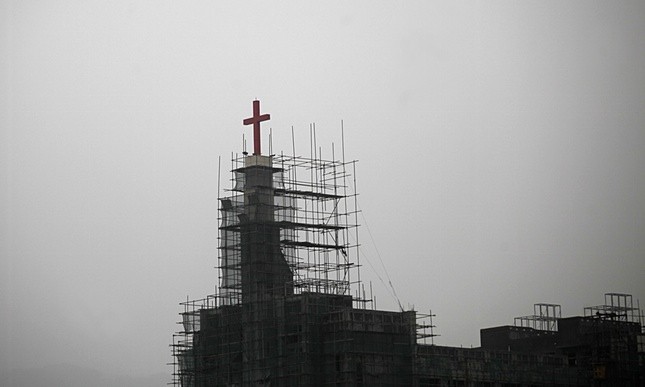An anonymous official from Wenzhou’s ethnic and religious affairs bureau in East China said that authorities are removing the display of crosses in churches for safety and esthetic purposes.
At the same time, authorities are denying reports of the alleged demolition of such religious symbols.
In a report by the Global Times, the anonymous official shared that the church stuff and faithful folk have been very supportive and that authorities are trying to convince uncooperative people through proper dialogue. However, some priests have expressed disagreement over the policy, saying that they refuse to get rid of the crosses.
The initiative is part of the government's "three revise and one demolition campaign" to retrofit dangerous and dilapidated buildings.
Launched in 2013, authorities expect the plan to hasten urbanization and build a more attractive Zhejiang, as outlined in an official document issued by the provisional government.
Part of the strategy is to "revise" old neighborhoods, old industrial sites and villages while removing illegal structures by 2015.
In 2014, the demolition of the Protestant Sanjiang Church in Yongjia County, Wenzhou, had enraged the locals and sparked protests.
There are also reports that Buddhist temples have also been affected, aside from Protestant and Catholic places of worship.
According to one protesting faithful, the government has stepped out of bounds and violated the freedom of religion.
Legal and religious experts suggested that the campaign should be implemented through the legal process, instead of administrative orders. Aside from that, they also suggested for the drafting of a particular law outlining what constitutes as religious activity and places for the practice of such rituals.



























